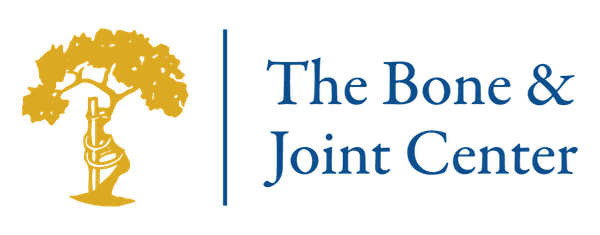Laminaplasty- Cervical Spine - Pain Management
Introduction
The cervical spine is composed of a series of small bones in your neck. Your spinal cord is located in an opening inside of the bones. The spinal cord and spinal nerves exchange information between your brain and body. Certain degenerative spine conditions can cause the opening in the spine to become smaller. When this happens, it can put pressure on the spinal cord and nerves, affecting the way they work and causing pain.
A cervical laminaplasty is a surgical procedure that is used to create a larger opening in the bone to relieve the pressure on the spinal cord and nerves. A laminaplasty can relieve symptoms to allow people to resume their favorite activities. For people with significant spinal cord or nerve damage, function may not return following laminaplasty, but the procedure stops their condition from progressing further.
Anatomy
The back part of each vertebra arches to form a roof-like cover, called the lamina. The spinous process is a thin piece of bone that projects from the back center of the lamina. The spinous process is commonly referred to as the “backbone,” which you can feel when you touch your spine. The spinous process is a place where muscles and ligaments attach to the spine.
An opening in the center of each vertebra forms the spinal canal. The spinal cord, nerves, and blood vessels travel through the protective spinal canal. Nerves exit the spine and exchange information with the brain about the shoulders, arms, and hands.
Causes
Symptoms
Diagnosis
Treatment
A laminaplasty is an inpatient surgical procedure. Laminaplasty opens the lamina to relieve symptoms by releasing pressure on the spinal cord and modifies the lamina so that there is still a protective covering at the back of the spinal cord. There is more than one method of performing laminaplasty. Your doctor will let you know which laminaplasty method is most appropriate for you.One method of laminaplasty uses a complete incision on one side of the lamina and a partial incision on the other side to create a “hinged door.” Another method of laminaplasty is referred to as the “French Door Method.” This surgery uses a complete incision through the middle of the lamina and partial incisions on each side to create two “doors” that open in the middle. The spinous process projections are removed to allow room for the doors to open. The opened door relieves pressure on the spinal cord and nerves. Pieces of bone or surgical hardware are placed to allow the “doors” to remain open, and at the same time, creates a protective roof that covers the back of the spinal cord. When the procedure is complete, the incision is closed and bandaged.
People typically remain in the hospital for a few days following laminaplasty. Participating in physical therapy will help you gain neck strength and flexibility. Your symptoms may improve immediately or over time. For some people function returns following laminaplasty and allows them to resume their favorite activities. For people with significant nerve damage, although function may not return, a laminaplasty can help keep their condition from progressing.

Copyright © - iHealthSpot Interactive - www.iHealthSpot.com
This information is intended for educational and informational purposes only. It should not be used in place of an individual consultation or examination or replace the advice of your health care professional and should not be relied upon to determine diagnosis or course of treatment.
The iHealthSpot patient education library was written collaboratively by the iHealthSpot editorial team which includes Senior Medical Authors Dr. Mary Car-Blanchard, OTD/OTR/L and Valerie K. Clark, and the following editorial advisors: Steve Meadows, MD, Ernie F. Soto, DDS, Ronald J. Glatzer, MD, Jonathan Rosenberg, MD, Christopher M. Nolte, MD, David Applebaum, MD, Jonathan M. Tarrash, MD, and Paula Soto, RN/BSN. This content complies with the HONcode standard for trustworthy health information. The library commenced development on September 1, 2005 with the latest update/addition on February 16, 2022. For information on iHealthSpot’s other services including medical website design, visit www.iHealthSpot.com.

